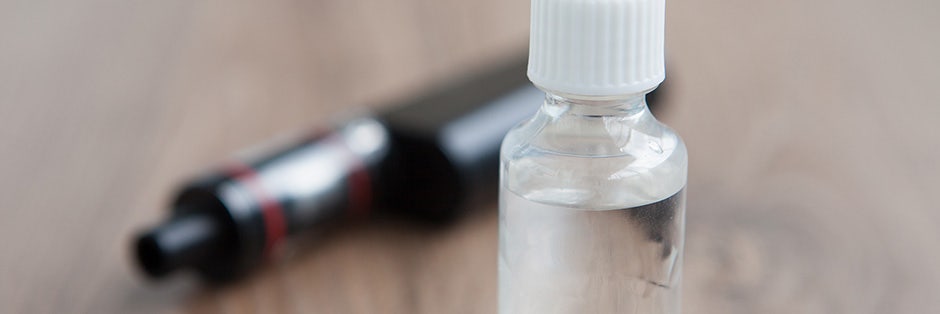What You Need to Know About Propylene Glycol
Is Propylene Glycol safe for use in E-Cigarettes?

Have you ever wondered what propylene glycol (PG) is and why it's used? Since the 1950s, PG has been an additive in a wide variety of products: from e-cigarettes to theatrical fog machines! But how safe is this chemical compound really? In our guide we'll explore everything there is to know about PG. Learn more about its applications, potential health risks as well as differences between VG and PG. As always with vaping – be informed before making any decisions that could affect your health or lifestyle!
Understanding Propylene Glycol (PG): How it Works in Vaping Products
Vaping enthusiasts know that propylene glycol, or PG as it's more often called, is essential to enhance their smoking experience. It serves as a foundation for most e-liquids and helps create the vapour when heated. Not only does this odourless, colourless substance give users amazing flavourings and nicotine hits but its thin consistency also ensures an easier delivery of these components deep into your lungs!
Have you ever wondered why your vape has a different experience depending on the ratio of PG to VG? Well, when mixed together in optimal amounts like 50:50 (PG:VG), it creates an E-liquid base with balanced vaping - plus maximum puff! If there's more PG involved however, expect less cloud production but stronger throat hit. So go ahead and experiment with ratios for customized experiences every time.
PG vs VG: The Differences in E-Cigarette Liquids
If you're new to the world of vaping, there are two main ingredients in e-cigarette liquids that you'll need to be aware of - propylene glycol (PG) and vegetable glycerin (VG). While PG produces a strong throat hit compared to VG's smoother experience, it also creates smaller clouds. On the other hand, VG is thicker than its counterpart which means bigger vapour production but softer on your throat! Both ingredients have been deemed safe for use so ultimately it boils down personal preference as far what suits best.
Is propylene glycol safe? The Potential Health Risks
With its approval by the FDA as an additive in food, propylene glycol is generally considered safe for human consumption. However, when using it to vape or create e-cigarette juices, caution should be taken since some potential health risks have been linked with this substance overuse. Additionally, due to its thin composition there might be a chance of irritation in throat and lungs - although until now this hasn't been proven conclusively yet! More research needs to be conducted before we can understand exactly how long-term use could influence our wellbeing. What we do know though, is that vaping is much less harmful than smoking cigarettes so making the switch is certainly advisable. We do not suggest for anyone who does not or has never smoked, to take up vaping.
Other Uses and Benefits of Propylene Glycol
Did you know that propylene glycol is an all-rounder ingredient? Not only can it be found in e-cigarette liquids, fog machines and food products - but it's also a great preservation agent! PG helps keep foods from drying out too quickly by preventing moisture loss. Plus, since it’s used as a flavour enhancer & solvent to extend shelf life of many items we enjoy on our plates today, this versatile liquid truly deserves the recognition for its invaluable contributions to our daily lives.
Final thoughts on PG
Wrapping up, propylene glycol is a key ingredient for lots of industries - like E-Cigarettes and food products. Despite some potential health risks that still need further study, it's generally considered safe to consume. It also has plenty of beneficial qualities as it helps keep foods moist and can even act as a preservative! All this goes to show how important propylene glycol really is across multiple applications - making sure we have just the right amount with our safety top priority.


 UAE
UAE







